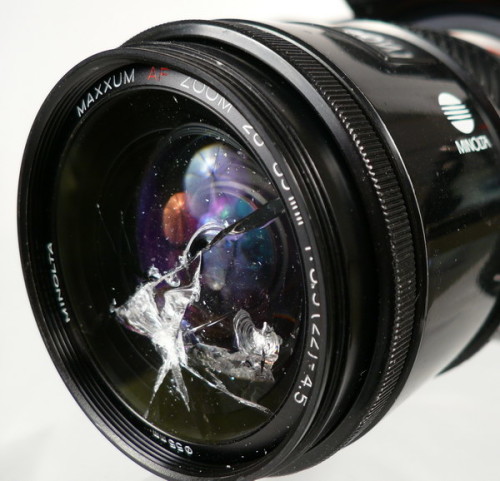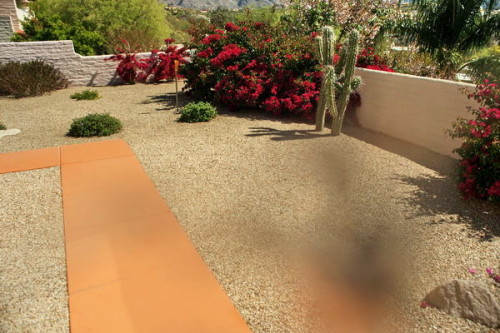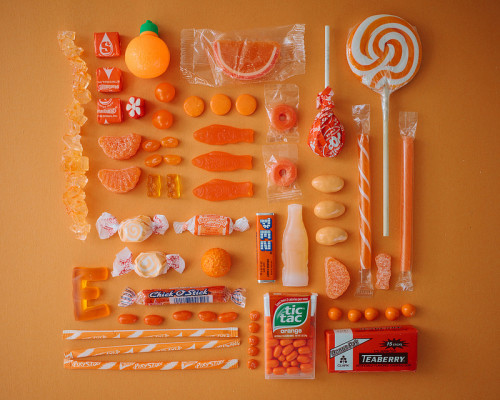Month: November 2013
Go celebrates 4th birthday
I haven’t yet had my hands on the Go programming language, but I’ve kept a bit of an eye on it. It sounds interesting especially for those tasks that would benefit from concurrency – things like web spiders, email processors, etc. The language had recently celebrated the 4th birthday, and there is a nice retrospective on the project’s blog that shows how fast it is getting accepted and which projects and companies are using it.
But this is just the tip of the iceberg. The number of high-quality open source Go projects is phenomenal. Prolific Go hacker Keith Rarick put it well: “The state of the Go ecosystem after only four years is astounding. Compare Go in 2013 to Python in 1995 or Java in 1999. Or C++ in 1987!”
Multitrack love
Multitrack love is pretty awesome. It has a list of quite a few popular songs, and once you select one, it gives you an option to enable and disable different tracks – vocals, guitar, drums, bass, etc – while listening to the tune in real time. Pretty nifty!
Note though that the page is all in French, so using Google Chrome with an automatic page translator is recommended, if you are not fluently parleying franse.
How much dirty lens affects image quality
The photographer Kurt Munger ran an experiment on how much dust, scratches and damages of the lens affect image quality. The results are very counterintuitive. At least for me. Fingerprints, dust, scratches, and even bits of non-transparent duct tape have no effect what-so-ever. The first signs of something going wrong appear with very serious lens damage, like this:
Even then, the image is not as bad as you’d expect. Here it is.
Read the whole thing for more details.











